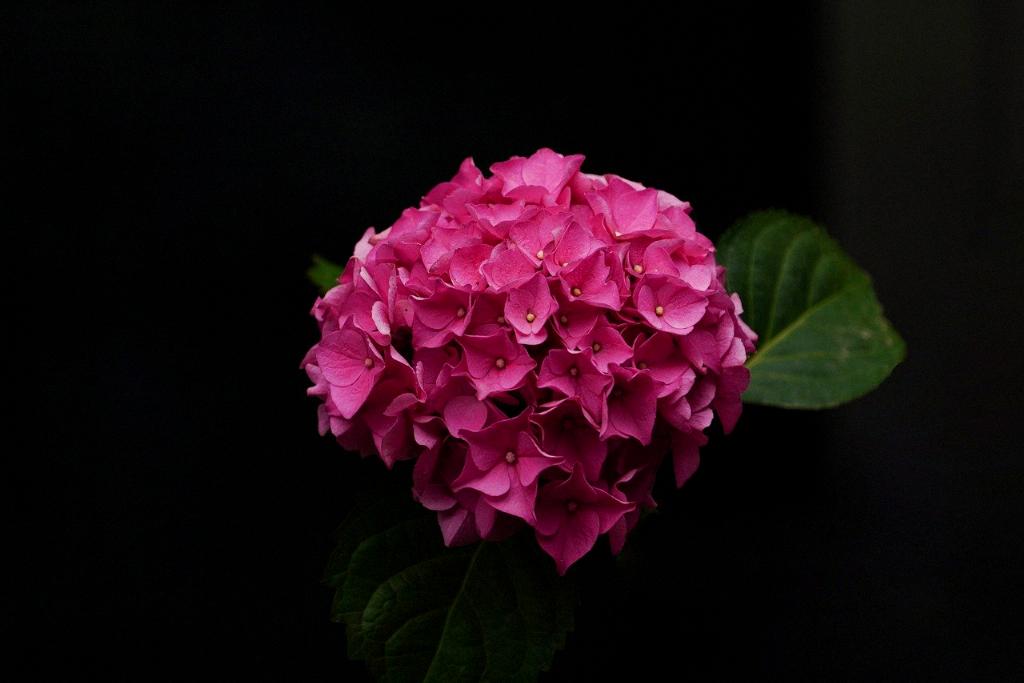Hydrangeas, with their stunning and diverse blooms, are popular ornamental shrubs that can enhance the beauty of any garden or landscape. In this article, we will delve into the preferred climate conditions, soil requirements, geographical regions, and optimal growing conditions for hydrangeas. Whether you are a seasoned gardener or a novice enthusiast, understanding where hydrangeas grow best can help you cultivate thriving plants and enjoy their vibrant flowers to the fullest.
Exploring the Preferred Climate for Hydrangeas
Hydrangeas thrive in a climate with moderate humidity levels, as this helps in maintaining their lush foliage and facilitating healthy growth. These plants also prefer temperatures that are not excessively high, with the ideal range typically falling between 60-70°F (15-21°C). Additionally, hydrangeas do well in partial shade, especially if they receive sunlight in the morning and are shielded from the intense heat of the afternoon sun.
Soil Composition for Healthy Hydrangea Growth
The soil in which hydrangeas are planted plays a crucial role in their overall health and flowering potential. Hydrangeas prefer slightly acidic soil with a pH level between 5.5 and 6.5. Ensuring proper drainage is essential, as waterlogged soil can lead to root rot. Additionally, providing nutrient-rich soil can support robust growth and prolific blooms.
Geographical Regions Where Hydrangeas Thrive
Hydrangeas are versatile plants that can thrive in various geographical regions around the world. In North America, regions such as the Pacific Northwest and the Southeastern United States provide suitable climates for hydrangea growth. In Europe, countries like the United Kingdom and France offer favorable conditions for these plants. Moreover, countries in Asia, including Japan and China, are known for their abundant hydrangea varieties.
Ideal Growing Conditions for Hydrangeas
When planting hydrangeas, it is essential to follow best practices to ensure their successful establishment. Adequate watering, especially during hot summer days, is crucial to prevent the plants from drying out. Pruning guidelines should be followed to promote healthy growth and abundant flowering. By maintaining optimal growing conditions, you can enjoy thriving hydrangeas in your garden.
Adapting Hydrangea Growth in Different Environments
For those with limited outdoor space or living in urban settings, growing hydrangeas in containers can be an excellent alternative. Indoor care tips, such as providing sufficient sunlight and adequate humidity, can help hydrangeas thrive inside your home. Adapting to different environments allows enthusiasts to enjoy these beautiful plants regardless of their living situation.

Conclusion
Hydrangeas are enchanting plants that captivate with their stunning blooms and vibrant colors. Understanding the preferred climate, soil requirements, and optimal growing conditions for hydrangeas can significantly impact their health and flowering capacity. By considering these factors and experimenting with different settings, you can create a beautiful hydrangea garden that brings joy and beauty to your outdoor space.
